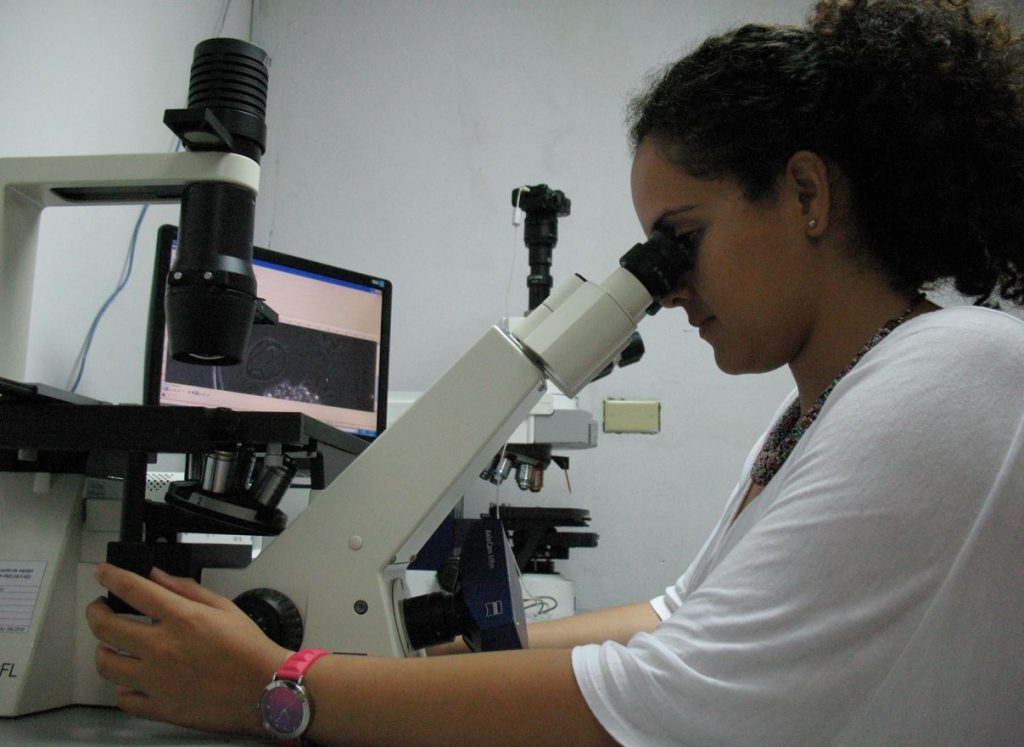HABs are natural phenomena generated by the growth of certain microalgae that produce a harmful or toxic effect whose frequency, in recent years, has increased globally.

They affect ecosystems, the economy of coastal areas, the safety of fishery resources and public health, causing severe poisoning and even death.
The scientists of the network, through a coastal monitoring system, identify and quantify microalgae and toxins in Latin America and the Caribbean with advanced standardized methodologies.
These results contribute to risk assessment and early warning.
PROBLEM
The HABs, in the coastal zone of Latin America and the Caribbean, mainly promoted by the increase of nutrients in the sea from human activities (eutrophication), affect ecosystems and produce three types of problems.

In the environment, they cause the mortality of marine fauna due to the effect of toxins and the decrease in the concentration of dissolved oxygen in the water.
At the socioeconomic level, HAB closures cause unemployment that impacts the entire production chain and monetary loss due to the impossibility of marketing or eliminating the contaminated product; as well as the cost of state subsidies to affected fishermen. The impact on tourism due to the sanitary closure of beaches is another of the repercussions produced by the HABs.
According to the United Nations Development Program, marine fisheries directly or indirectly employ more than 200 million people in the world, and more than 3 billion depend on marine and coastal biodiversity for their livelihoods.
In health, HABs can cause food poisoning by consuming contaminated shellfish that causes acute and chronic symptoms in the population, its symptoms are presented as gastrointestinal and neurological conditions. On the other hand, exposure causes dermatological and respiratory conditions. Ingestion of fish products with high concentrations of toxins can cause death.
To date, 2.6 billion people in the world depend on the oceans as a primary source of protein in their diet.
INFORMATION FOR ACTION
To avoid poisoning, loss of human life and harmful effects, it is necessary to take preventive measures through the establishment, strengthening and sustainability of monitoring programs for harmful microalgae and toxins in fishery products.

The monitoring of HABs carried out by network scientists provides basic information to detect these phenomena early and analyze long-term trends.
In addition, the cooperation between these scientists in the region generates skills and promotes the scientific research and technology transfer necessary to mitigate the impact of HABs.
Taking into account that eutrophication is among the main causes of harmful algal blooms, it is necessary to reduce the entry of nutrients into coastal areas. For example, improving environmental regulations and practices.
Promoting communication, dissemination and education strategies for the population about the HABs will help those involved to be part of the solution by abiding by the recommendations provided by the competent authorities.
THE SCIENCE
The study of algal blooms is carried out by monitoring microalgae, toxins and sediments.

The identification and quantification of microalgae uses optical and electronic microscopy methods. The Radioassay (Receiver Binding Assay, RBA) was implemented in five countries of the region. Its objective is to quantify paralyzing toxins and those that cause ciguatera, a disease caused by the consumption of contaminated fishery products. Other conventional methods such as biological assays and liquid chromatography (HPLC) also allow other types of toxins to be quantified.
For the historical reconstruction of HABs in the last hundred years, scientists use the nuclear method of geochronology (Pb-210).

